Aged and weathered reclaimed barn siding brings an air of rusticity to homes, restaurants, retail stores, and exteriors. Here are five things you should know before you begin your barn board project.
Reclaimed barn board, often called barn wood or barn wood siding, is offered as a reclaimed paneling or siding product by a number of reclaimed lumber and architectural salvage companies throughout the United States.
What is Barn Board?
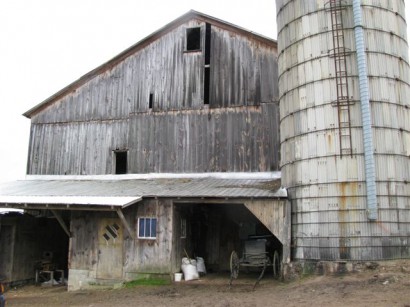
Reclaimed barn board’s age is often correlated with the depth of furrowing on the surface of the siding, with deeper furrow and thinner boards suggesting an older, more weathered plank. Depending on the lighting in a room, older and more furrowed boards can present more surface contrast in a finished application.
Because barn board was often originally sawn from a farm’s nearby woodlot, the makeup of species can be varied and unpredictable, although it is often softwood lumber.
Characteristics of Barn Board:
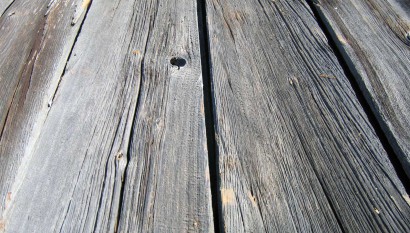
The color of barn board varies, depending on the type of exposure the siding experienced, and whether or not it was painted during its lifetime. Common colors of barn board are silver, gray, and brown.
Knots, checking, nail holes, and ghosting (variations in surface texture due to long-term placement of objects on the building) are present in varying degrees, depending on the lot.
Longleaf Lumber's barn board is sold 'as-is', with natural weathered edges, or as a 'straightlined' product, with both edges ripped. Ripping the natural edges of barn board provides for a neatly joined and more consistent, thorough coverage, while maintaining the original edges produces a more rustic, natural appearance.
Uses:
Barn board is used in a number of applications, both residential and commercial.
Residential applications for barn board range from use as wall paneling in feature and accent walls, exterior siding, fence construction, and wainscoting paneling, to use in smaller craft projects such as bed headboards, furniture, other smaller architectural and design elements.
Common commercial applications for barn board include use in outdoor and indoor signage, exterior wall and façade paneling, indoor accent and feature walls, and other architectural and design elements. Barn board is often used in retail display walls and restaurant or café menu panels.
Installing Barn Board:
Like any specialty product, installing barn board as paneling, siding, or design detailing presents a unique set of challenges, although it is generally a straightforward process and can be performed without specialized tools.
Preparation
- Clean the boards with a stiff brush to remove loose dirt, wood, or paint (if using painted barn board). Compressed air is sometimes used.
- Make necessary chopping and ripping cuts for installation, taking note of any nails or metal that may be left in the barn board. Be sure to ask if your barn board has been de-nailed or is ‘as-is’ material.
- Decide on a vertical or horizontal application. Barn board is almost always salvaged as vertical siding, so vertical orientation of your boards reproduces a more authentic 'barn' look.
- Be sure to ask if your barn board is kiln-dried. Kiln-drying barn board is less important for the dimensional stability of the boards and more important for killing any insects left on or in the wood.
Installation
- Consider installing black paper behind your barn board, so any voids or spaces in the material will display as less obvious, and won't show plywood or other bright substrate material.
- A range of fasteners can be used to install barn board as paneling. For an authentic look, cut nails can be used. We recommend trim head screws for most applications, as screws can help flatten warped boards.
- If ripping barn board for a more seamless joint, keep in mind that ripped edges will become a bright white which may clash visually with the weathered surface of the boards. Many installers opt to stain the edges gray or brown so the bright ripped edges of the barn board do not stand out in contrast to the darker faces. Other installers opt to place strips of reclaimed wood over the joints in 'board & batten' siding style.
- If using cut nails, be extra careful not to strike the barn board with your hammer head, as this can damage the barn board's patina or integrity. You may consider pre-drilling, if necessary.
- Sealing: in some applications, such as children's playrooms and bedroom headboards, barn board is sealed using a spray or brush-on finish. Experiment with finishes beforehand on a small piece of barn board, as they can change the color of your wood.
Longleaf Lumber’s Barn Board
Longleaf Lumber sells both large and small quantities of barn board. Small quantities are available from our retail warehouse in Cambridge, Massachusetts. Larger, consistent lots salvaged from unique barns and agricultural outbuildings in quantities of 100 square feet or greater are also available.
Please give us a call to ask how we can help with your current project, and we invite you to browse our current Board & Beam Specials and Paneling Specials for inventory that's in-stock now.
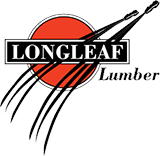
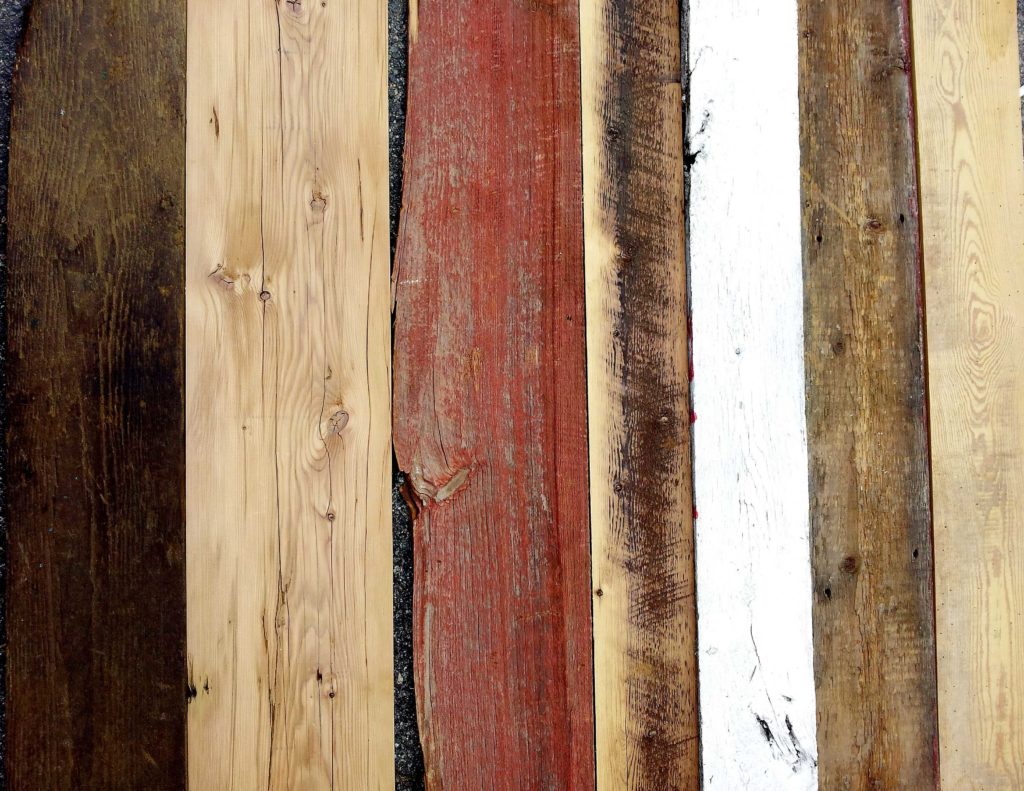
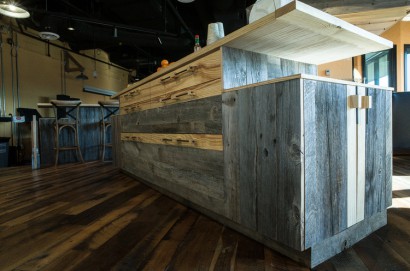
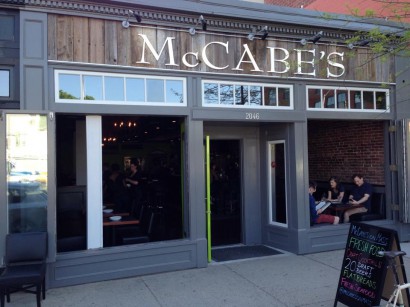
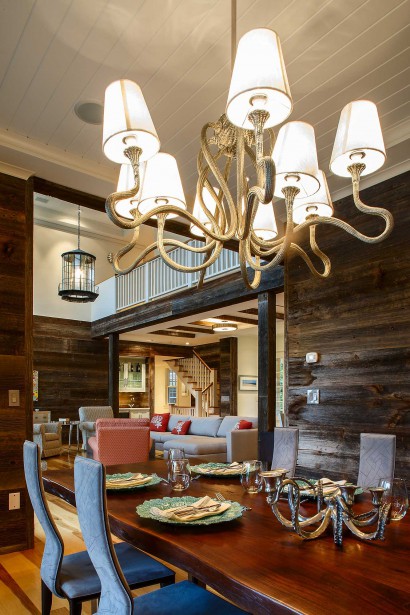
One Comment
Comments are closed.